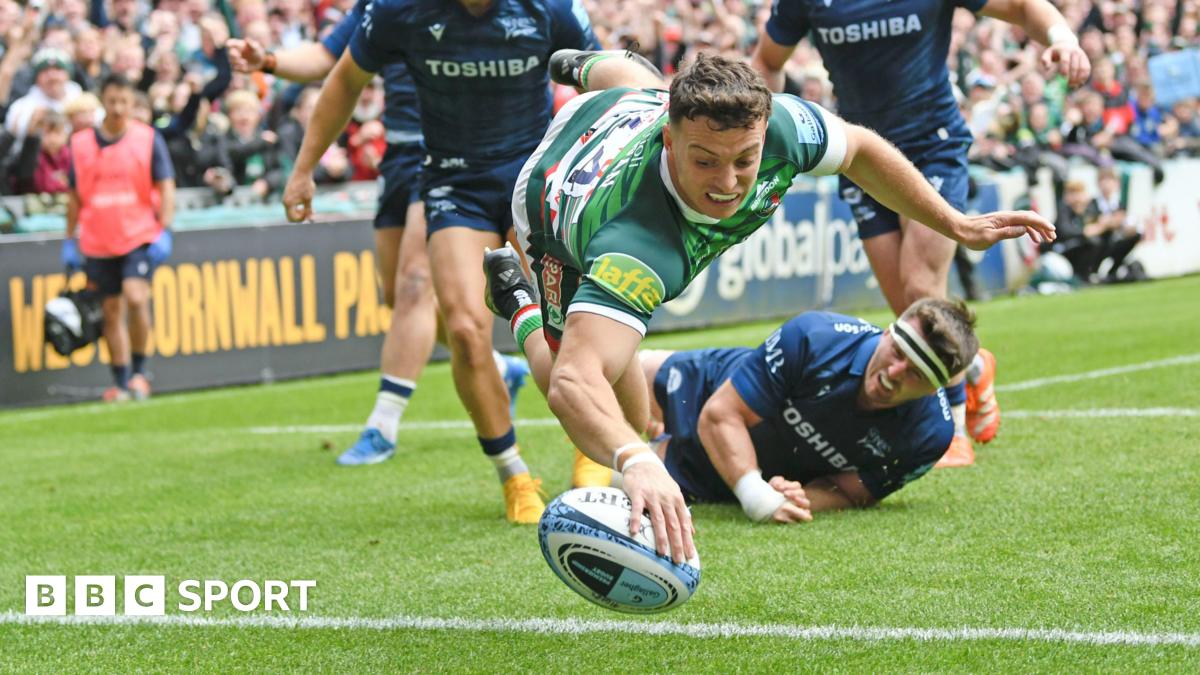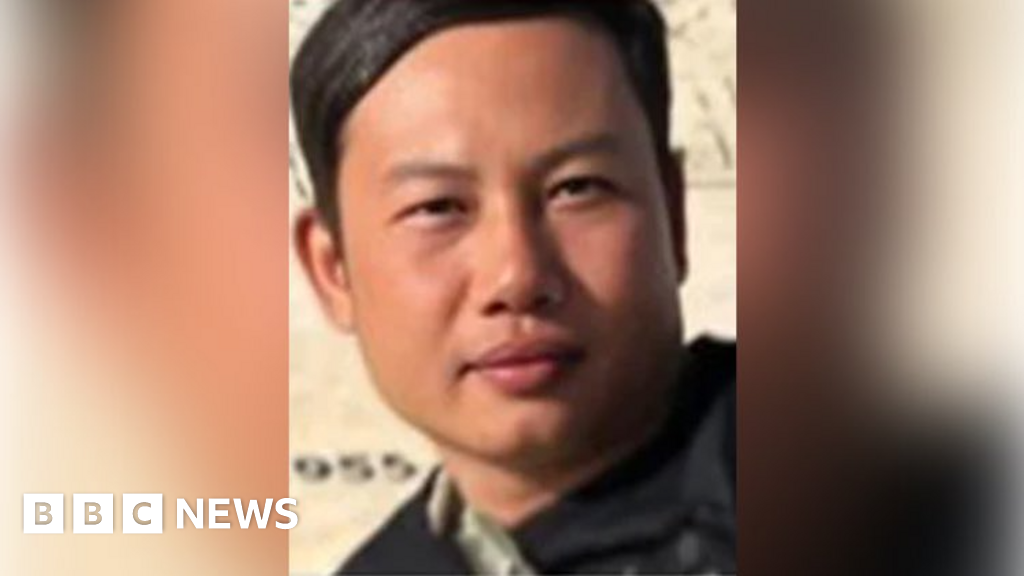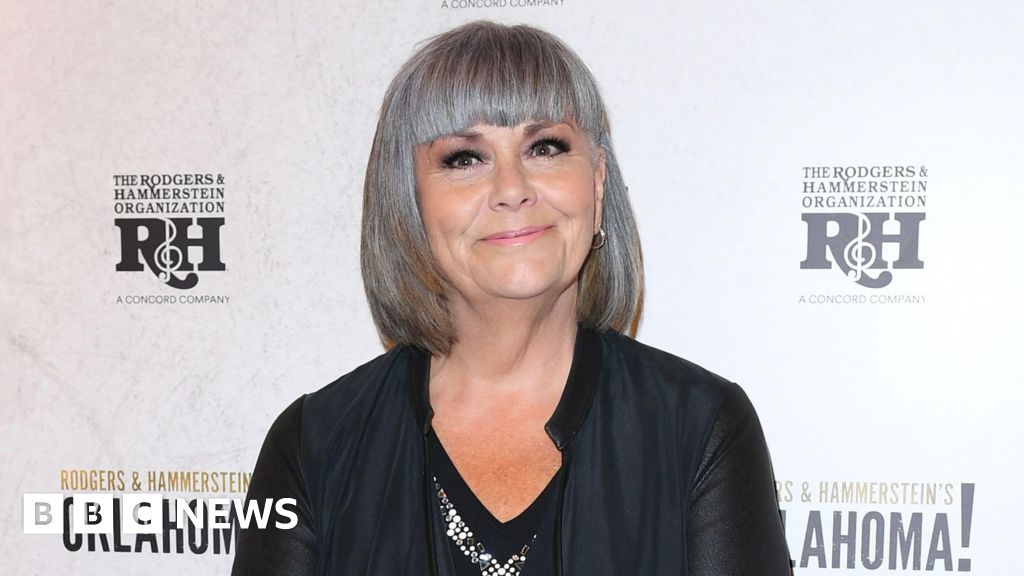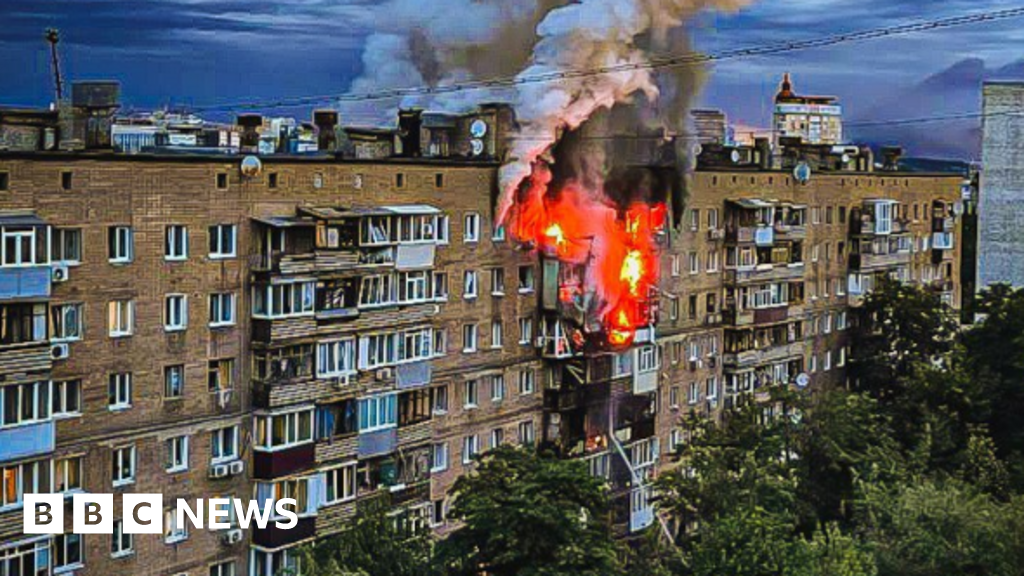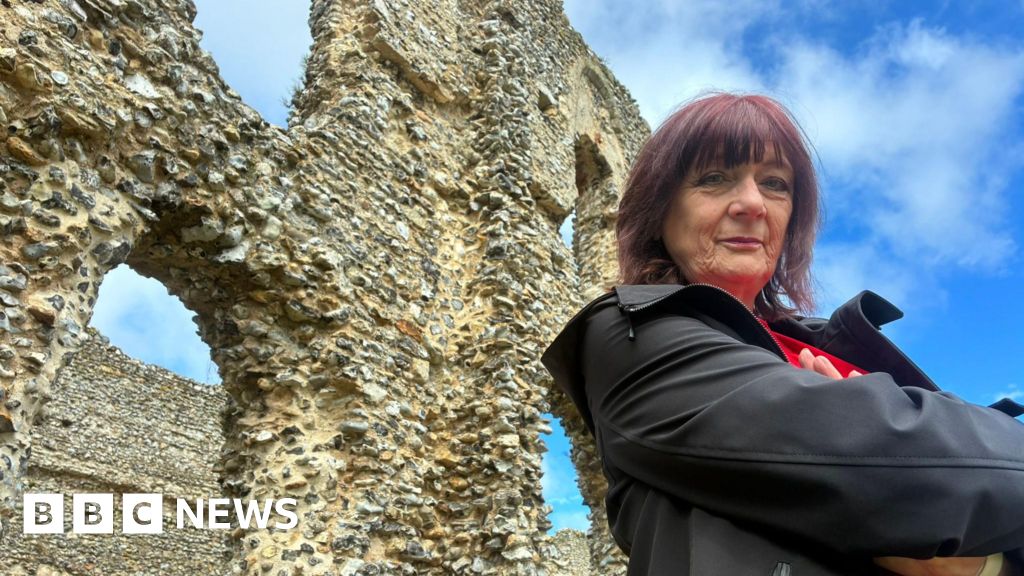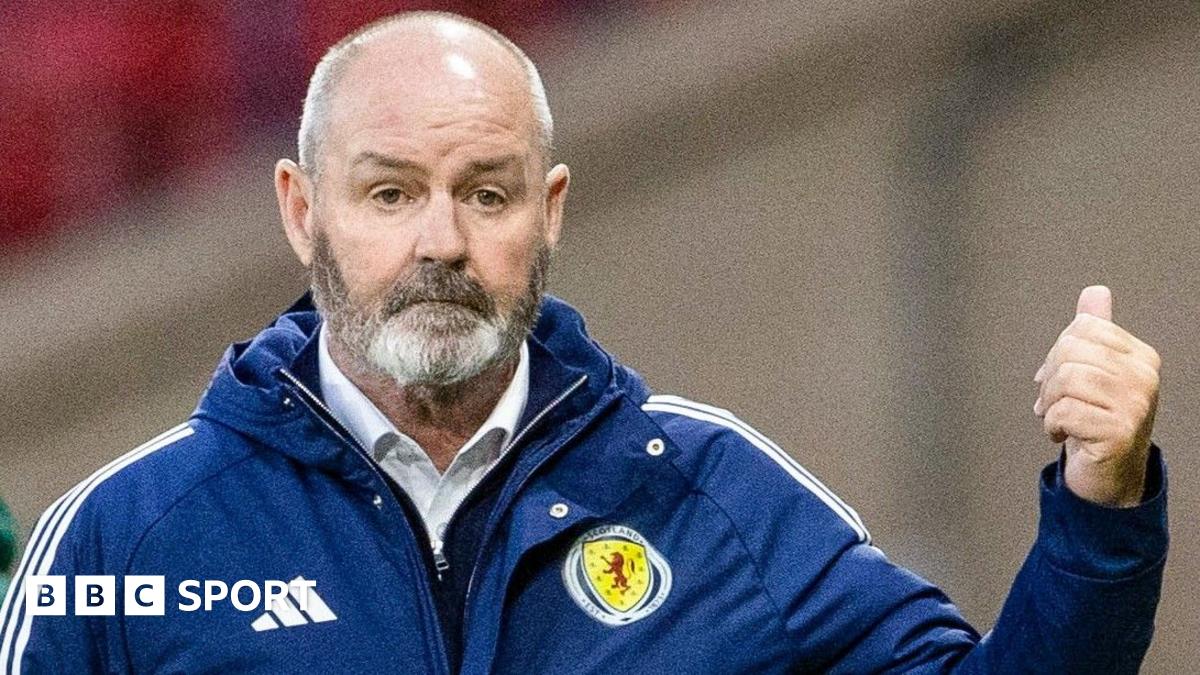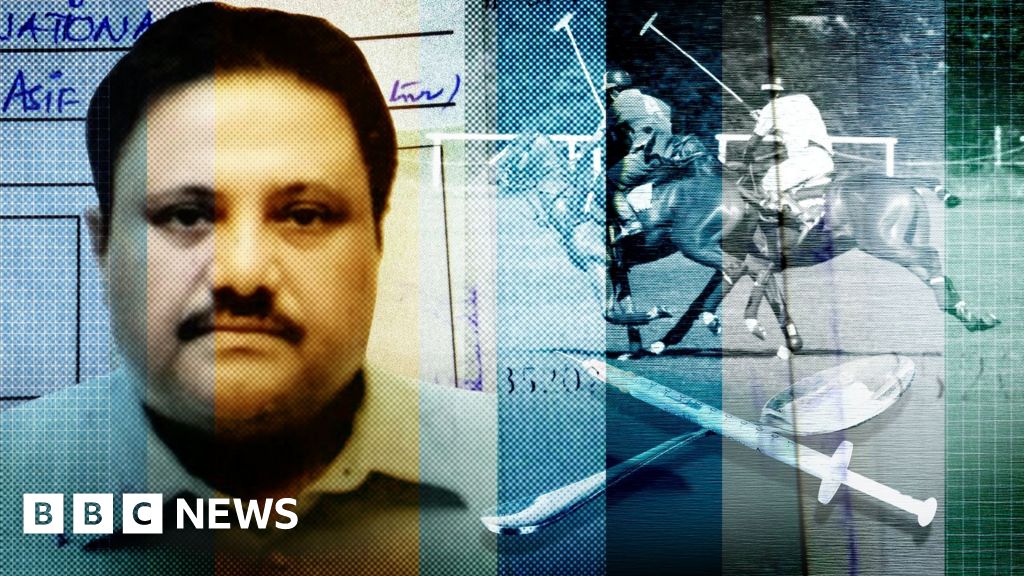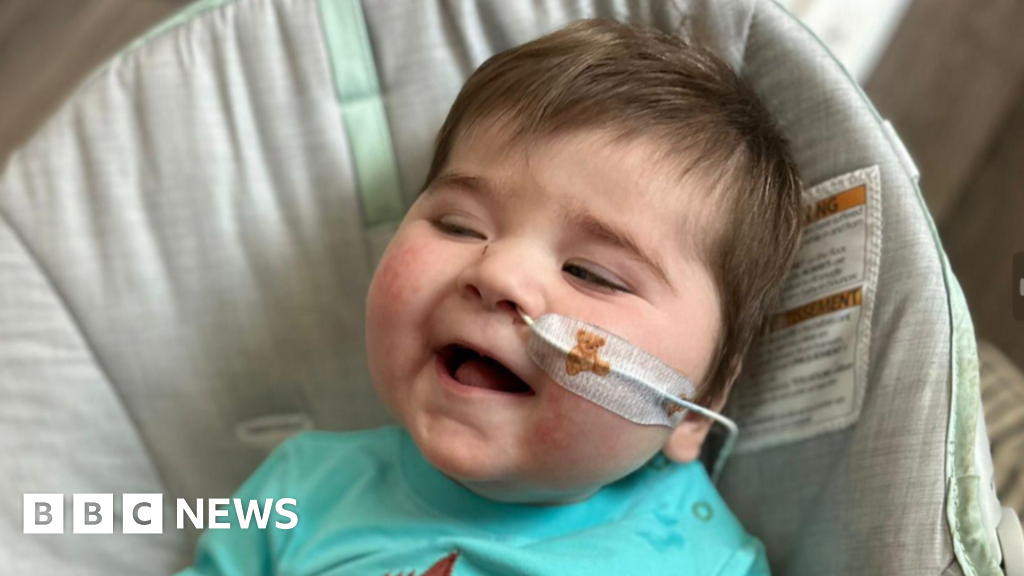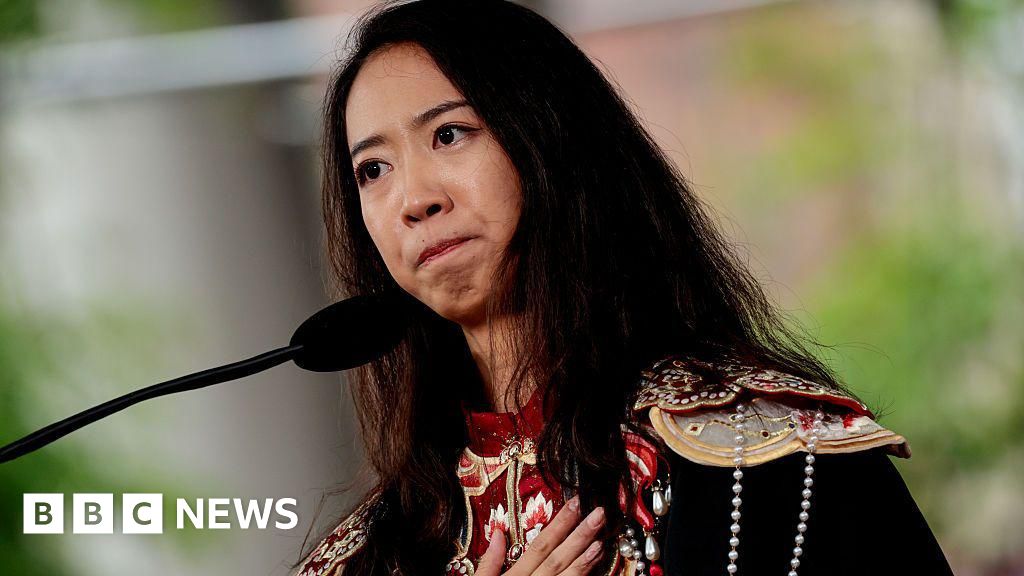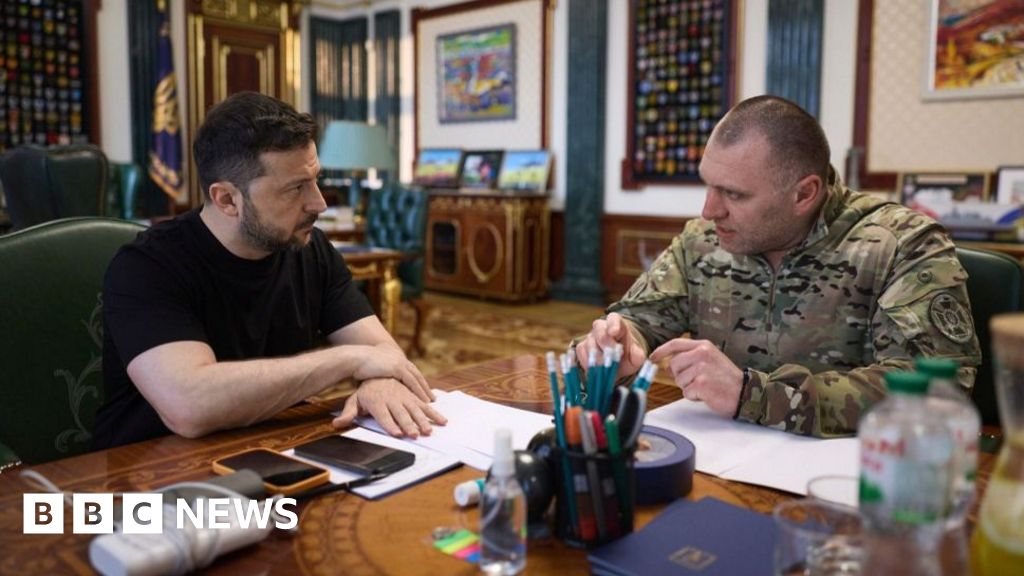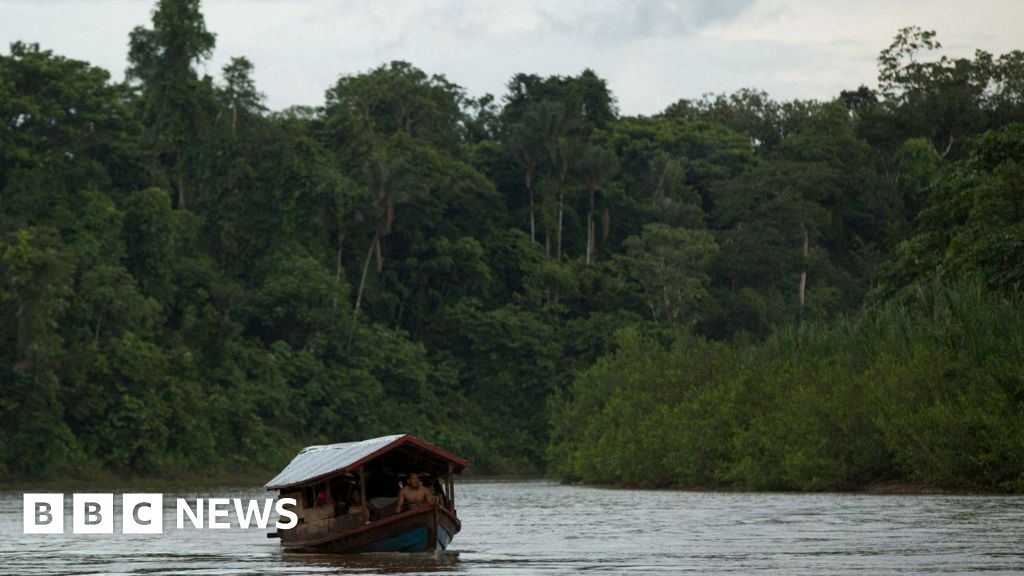Flying in bad weather can be a terrifying experience with turbulence, thunderstorms and bumpy landings.
You've probably seen those videos of passenger planes "crabbing" and landing almost sideways in strong winds.
I always wanted to know out how pilots train to deal with bad weather and was able to get a glimpse of life in the cockpit of an airliner battling strong crosswinds.
Luckily it was only a simulator.
Flying is deemed the safest method of transport.
Data from the Massachusetts Institute of Technology (MIT) in 2024 showed that the risk of fatality from flying is one per 13.7 million passengers.
And the chances of dying drop around 7% every year due to increasing safety improvements.
However, after recent aircraft incidents in the US and widely reported cases of severe turbulence, some people may be nervous.
As a former officer in the Royal Air Force, I consider myself a comfortable passenger, even after some extreme situations on deployment.
Turbulence on a commercial jet however, can still make me feel a bit anxious.
For the filming of a new programme called Flying in a Storm, I spoke to experts in the aviation industry and had a go at flying a Boeing 737 Max aircraft simulator, to get a sense of how safe we should feel.
In a state of the art aircraft simulator, sat in the pilot seat, I was at 3,000ft (914 metres) looking across the Moray Firth and could see Edinburgh Airport ahead of me.
With a 35mph wind across the runway, I was set the challenge by Captain Nick Heard, pilot trainer at Skyborne Academy, to land - something only the most experienced pilots are cleared to do.
Keeping a steady line, concentrating on the visual aids to help me stay on course, as well as looking out the front window, was a very difficult task.
I could feel the wind pushing the aircraft off course.
The joystick was sensitive to every movement and as I descended with the runway filling the windscreen very rapidly, correcting mistakes to stay on course became impossible.
Captain Heard took the controls and performed a "go-around" where the plane climbs higher, does a big circle and tries again.
It was all much harder than I thought it would be.
CEO of Skyborne Academy, Lee Woodward told me: "From the start of flying training being exposed to low crosswinds, it's going to be around six years before becoming a full captain exposed to the full crosswind limits of a modern-day airliner".
On the outskirts of Heathrow Airport during Storm Éowyn, Jerry Dyer from YouTube channel Big Jet TV sets up a live stream of aircraft coming into land.
Thousands of people tune in to watch pilots perform a "crabbing" movement during stormy conditions and strong crosswinds.
Jerry explains crabbing is when "instead of the aircraft coming straight [down the runway], they would face into the wind and look like they are landing sideways".
This method of landing requires lots of skill and experience from the pilot who will intentionally point the nose of the aircraft into the wind with just the right angle and power to stop the aircraft drifting away from the centre line of the runway.
They would keep the "crab" position until the last moment before the wheels touch the ground, straightening the aircraft for a smooth landing.
Any pilot will tell you that the weather forecast is one of the first things they look at when planning a flight.
Everything from the local weather conditions at airports, severe weather along the way to the high-level winds and areas of turbulence.
Jet streams are like corridors of stronger winds - up to 250mph - that meander around the globe at a height of around 10 miles - or 30,000 ft - exactly where aircraft like to cruise on long distance routes.
With a jet stream flowing high up above the Atlantic, pilots will often catch a ride in it from the US to Europe to save fuel and time.
It's the reason why a flight from New York to London is an hour quicker than the return leg.
"We would not accept the slingshot in the jet stream and advantage of saving fuel if the turbulence was going to be too uncomfortable", Captain Heard told me.
He went on to say: "We've all done our training and we understand jet streams and know where the turbulence is around it".
There are three types of turbulence you could encounter on a flight.
Convective - up and down drafts in and surrounding thunderstorm clouds, called cumulonimbus.
Mountain wave - as air flows over a mountain it gets disrupted and can bounce up and down on the other side.
Clear air turbulence (CAT) - temperature changes creating wind shear - different wind speeds and direction in close proximity, often around the jet stream.
While thunderstorms can create severe turbulence, these are often well forecast and pilots are able to "see and avoid", flying around them to minimise turbulence.
Aviation forecasts can identify most likely areas of CAT, but it is trickier to avoid because - as the name suggests - it can't be seen.
And because of climate change, the jet stream where CAT is found, is getting faster, leading to more instances of severe turbulence.
Scientists at the University of Reading have already concluded that severe turbulence in the North Atlantic has already increased by 55% from 1979 to 2020.
However, it is worth remembering that pilots will communicate with each other should there be unexpected areas of turbulence and will do everything they can to make the flight as smooth as possible.
As passengers, severe turbulence can be frightening but pilots and cabin crew are trained to deal with it and keep us safe.
Cabin crew trainer Charlotte Crocker says: "When the seat belt sign goes on and you're told to strap in, you really need to strap in".
Whether it's because of expected turbulence or not, it can stop you being thrown around the cabin and prevent injuries.
"Without being dramatic, having your seat belt on can save lives".

 3 months ago
114
3 months ago
114
